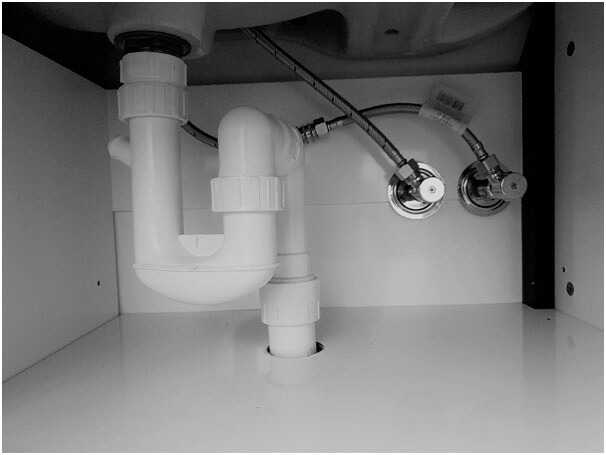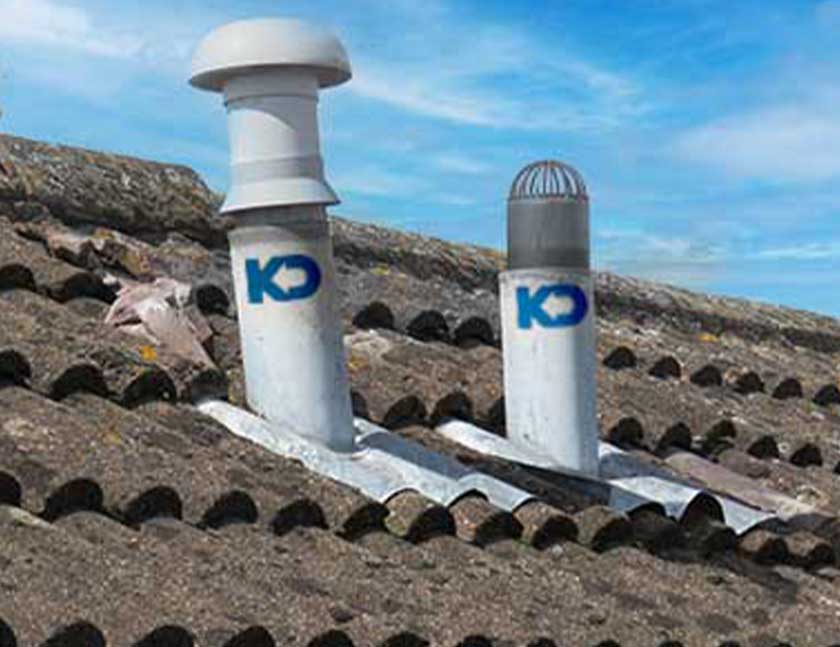Correct Ventilation in Plumbing Systems: What It Is Essential
Correct Ventilation in Plumbing Systems: What It Is Essential
Blog Article
The publisher is making a number of good points on the subject of The Upsides of Proper Ventilation in Plumbing Design overall in this article down the page.

Appropriate air flow in plumbing systems is frequently overlooked, yet it is critical for maintaining the capability and safety of your home's plumbing. Air flow aids regulate air pressure, stop the build-up of harmful gases, and guarantee the effective elimination of waste. In this guide, we will check out the value of proper pipes ventilation, exactly how it functions, and the benefits it brings to your plumbing system.
How Ventilation Functions in Plumbing Solutions
Air Pressure Policy
Proper ventilation keeps balanced atmospheric pressure within the pipes system. When water streams through pipelines, it displaces air. Without adequate ventilation, this variation can produce negative stress, causing slow drains or siphoning of water from catches, which can cause undesirable odors to seep right into the home.
Preventing Sewage System Gas Accumulation
Among the most essential functions of pipes vents is to prevent drain gases, such as methane and hydrogen sulfide, from building up within the home. These gases can posture major wellness risks and are highly combustible. Vent pipelines allow these gases to escape safely outside.
Helping in Waste Removal
Ventilation aids in the efficient removal of wastewater by stopping airlocks in the drain system. When air can flow easily through the vents, it permits water and waste to move efficiently through the pipes, decreasing the risk of blockages and backups.
Advantages of Proper Ventilation
Enhanced System Effectiveness
Properly aerated pipes systems operate much more successfully, with fewer blockages, faster draining pipes, and less stress on the pipes. This effectiveness prolongs the lifespan of the pipes system.
Improved Air High Quality
By preventing drain gases from entering your home, proper ventilation contributes to better indoor air top quality, making your living setting healthier and a lot more comfy.
Avoiding Water Damage
Sufficient air flow helps prevent water from being siphoned out of catches, which can bring about drain gases going into the home and triggering water damage in time.
Steps to Guarantee Proper Air Flow
Consulting Pipes Codes
Always seek advice from neighborhood pipes codes when developing or changing your plumbing system. These codes offer the required standards for appropriate airing vent and ensure your system meets safety and security requirements.
Regular Inspection and Upkeep
Routine examinations can help recognize prospective ventilation issues prior to they come to be significant problems. Maintenance jobs, such as cleaning vent pipes and checking for obstructions, are necessary for maintaining the system in good working order.
Professional Installation
For new installations or major modifications, it's a good idea to hire a professional plumbing technician. They have the expertise to ensure the air flow system is properly developed and mounted according to code.
Comprehending Air Flow in Pipes
Ventilation in plumbing describes the network of pipes that enable air to move through the water drainage system. These vents serve several purposes, including regulating atmospheric pressure within the pipelines, stopping sewer gases from getting in the home, and aiding in the smooth circulation of wastewater.
Types of Plumbing Vents
Key Heap Vent
The primary stack vent, also called the vent stack, is the primary vent in a plumbing system. It prolongs from the major drain line up with the roofing, allowing gases to escape and fresh air to enter the system.
Branch Vent
Branch vents link to the main pile air vent and serve private components, such as sinks, toilets, and showers. These vents ensure that each component has ample ventilation to work effectively.
Air Admission Shutoff (AAV).
An Air Admission Valve (AAV) is a one-way valve that permits air to get in the plumbing system without the requirement for a typical air vent pipeline prolonging through the roofing. AAVs are frequently utilized in remodellings or areas where mounting a typical air vent is impractical.
Indications of Poor Ventilation in Plumbing.
Slow Draining Fixtures.
If your sinks, tubs, or commodes are draining pipes gradually, it could be an indicator of poor air flow. Inadequate air circulation can create a vacuum cleaner effect, making it tough for water to drain effectively.
Gurgling Seems.
Gurgling audios coming from drains are usually a result of air being sucked with water catches as a result of negative pressure in the pipes. This is a clear sign of inadequate air flow.
Unpleasant Smells.
Sewage system odors inside your home are a red flag that your plumbing system is not properly ventilated. This could mean that drain gases are not being adequately vented outside, resulting in potentially unsafe problems.
Usual Ventilation Errors.
Inadequate Vent Sizing.
Making use of small air vent pipelines can bring about inadequate air circulation and pressure discrepancies in the system. It's vital to utilize vents that meet the details demands of your plumbing system.
Improper Vent Positioning.
Placing vents also far from the fixtures they serve can minimize their performance. Proper positioning guarantees that air can stream openly and efficiently via the system.
Ignoring Code Demands.
Building ordinance provide certain standards for plumbing ventilation. Neglecting these codes can cause a system that stops working to function appropriately and may bring about costly repairs or health hazards.
Verdict.
Appropriate air flow is an essential part of any type of pipes system, making certain that it operates successfully and securely. By recognizing the value of air flow, acknowledging the signs of inadequate air flow, and taking steps to maintain your system, you can prevent pricey problems and safeguard your home's air top quality.
What is a Plumbing Vent and it's used for?All plumbing systems in residential and commercials construction have a plumbing vent. It doesn’t just vent unwanted odors from the drainage system to the outside; it actually serves an important purpose by supplying air to the system.
The plumbing drainage system is actually called a drainage, waste and vent (DWV) system. When water flows down the piping, an air supply (vent) is needed to allow the water to flow. Think of the vertical pipe as a drinking straw. If you plug the top end of a straw, liquid won’t drain from it.
The DWV system in your building consists of a series of pipes connected to each fixture; they extend above each fixture, and the system terminates at an open pipe that extends through the roof. This piping allows air into the system and prevents unbalanced pressures in the piping.
?The vent also prevents the system from drawing water out of a trap at the fixture with the characteristic “glug-glug-glug” as the drain gasps for air. Plumbing traps should drain smoothly and never “glug” or gasp for air.
If you have a drain that empties slowly or gurgles as it drains, this may indicate a venting problem. If you flush a toilet and the sink gurgles, there’s definitely a vent problem. It is good idea to have a Plumber check this.
https://www.ameliashomeinspection.com/blog/what-is-a-plumbing-vent-and-its-used-for

We had been made aware of that report on Essential Plumbing Vent Pipes: Understanding Their Role from a good friend on a different web blog. Sharing is caring. One never knows, you may very well be helping someone out. I am grateful for being here. Kindly visit our site back soon.
Contact Us Today Report this page